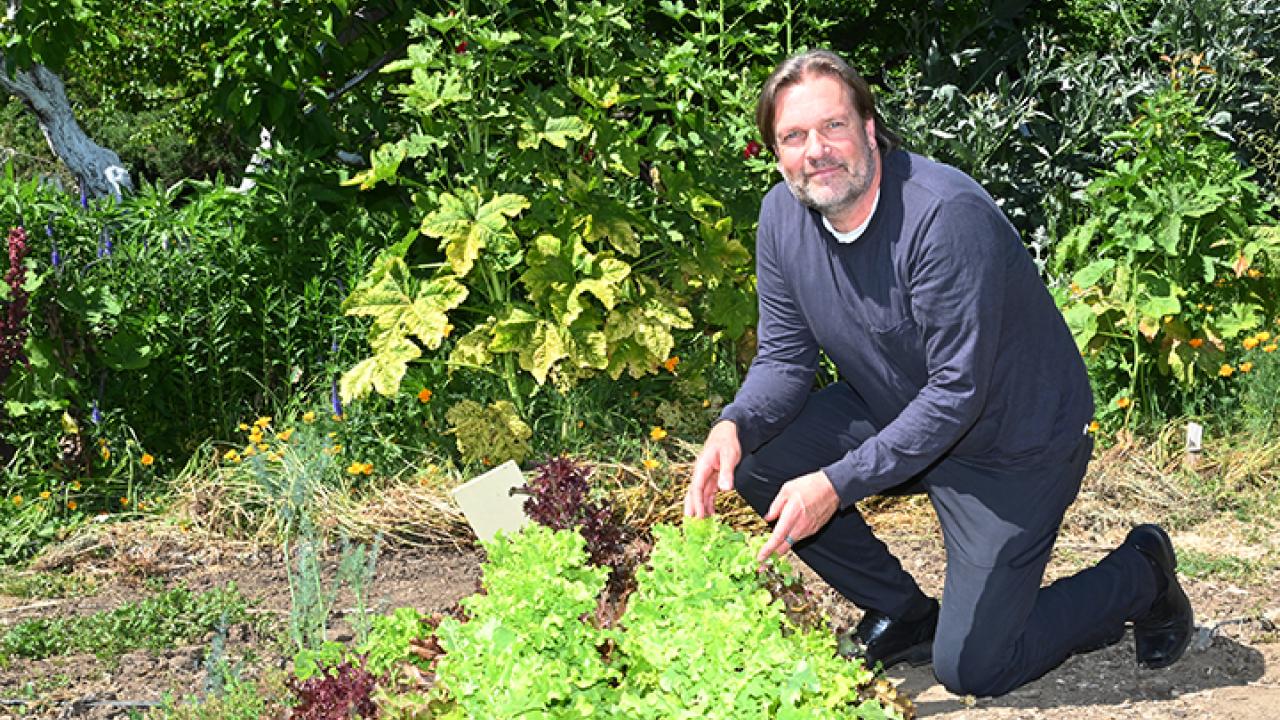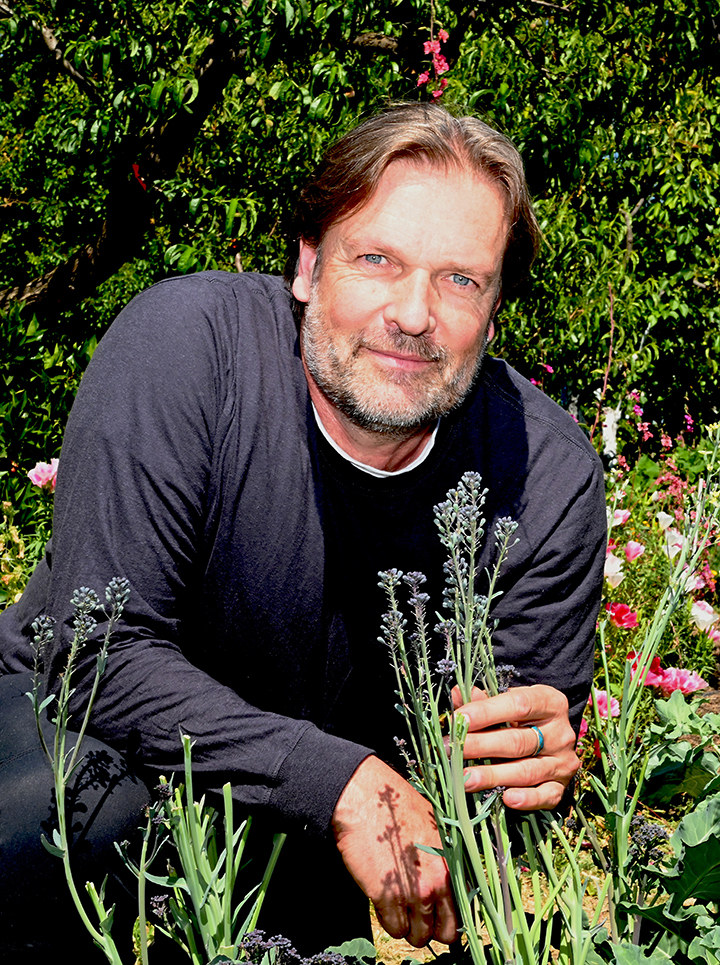
Address Climate Change with Active Learning and Living Laboratories, UC Davis Professor Argues in Opinion Article
Christian Nansen Suggests Nine Ways that UC Davis and other Institutions Can Improve Sustainability and Engage Students in Active Learning Activities

High school and university instructors who address climate change, including those at the University of California, Davis, should focus more on active learning and living laboratories “to promote student empowerment and mitigate growing concerns about mental health and climate anxiety among young people,” says Professor Christian Nansen of the Department of Entomology and Nematology.
They need to “send a positive message about how research discoveries and technologies represent ample potentials for solutions, innovation, and entrepreneurship,” instead of amplifying the negativity of climate change, which can be overwhelming, said Nansen, who promotes development and adoption of a wide range of innovative technologies into sustainable crop production (https://chrnansen.wixsite.com/nansen2).
His newly published article, a perspective piece titled “Active Learning, Living Laboratories, Student Empowerment, and Urban Sustainability,” appears in MDPI, a peer-reviewed, open access journal established in 1996. It includes 74 references.
“As educational institutions lower their current footprints (carbon, water, waste, and nutrient footprints), structural improvements represent unique opportunities for students and instructors to engage in active learning with a strong focus on sustainability,” Nansen notes. “Schools and universities could install networks of sensors to monitor water usage, rainfall, energy consumption, temperatures, and inorganic and organic waste production in individual buildings and facilities, and such databases could be made available to students. Students could be involved in the development and maintenance of sensor networks. Using such databases, students could engage in optimization analyses and learn about the processing and analyses of environmental data.”
The article describes his course, Urban food and society, in which students submit short videos as assignments-- examples are featured on his website: https://chrnansen.wixsite.com/nansen2/urbanfood
Nansen points out that in the areas of sustainability of infrastructure, energy and climate change, waste treatment and recycling, water, transportation, education, and research, UC Davis is the highest-ranked university in the United States based on 39 criteria. “However, it appears that there is tremendous potential for further promotion of sustainability at higher education institutions at this university and more broadly.”
Nine Ways to Improve Sustainability and Engage Students in Active Learning Activities
For example, he suggests nine ways that UC Davis and other institutions can improve sustainability and engage students in active learning activities:
- Ways to effectively use cow manure from veterinary schools in conjunction with food waste from dining halls to produce natural gas to run campus busses and other vehicles.
- The roofs of lecture halls, laboratories, and administrative buildings could be converted into roof gardens to produce the food served at the campus restaurants.
- Water catchment systems could be developed to capture rainwater from a wide range of buildings and structures and used to automatically irrigate (based on soil moisture sensors and weather models) landscapes and athletic fields.
- “White 2.0” is the most reflective commercially available paint, and it could be painted onto roads to increase heat reflection and lower temperatures. Thermal monitoring could be installed inside and around buildings to gather temperature data for modelling of the impacts on the air conditioning efficiency of buildings and outdoor ambient temperatures.
- Innovative building materials and multi-species designs could be developed to both produce energy (solar panels) and minimize the use of energy for temperature regulation inside buildings.
- Renewable materials, like cork, can be used to increase the energy efficiency of buildings, and can be used in the production of electric vehicles and in many other innovative and sustainable applications.
- The development and testing of different approaches to “green walls” and living buildings could be promoted.
- Development of urban architecture in which conservation and biodiversity are incorporated into the very fabric of household structures. Phone apps could be developed to connect students and community members facing food insecurity with kitchens (i.e., dining halls) and other resources to mitigate economic and social inequalities. These examples fall under the umbrella of living laboratories and represent an approach to education in which active learning is at the forefront.
Hands-On Experience

Nansen praises the UC Davis student farm “which provides students with opportunities for internships, and it runs a gamut of educational outreach programs. Thus, there are on-campus opportunities for students to acquire hands-on experience with crop production, either through field research, greenhouse and lab experiments, or through student farm internships.”
“The overall message to school and university administrators is that efforts to plan and implement sustainability initiatives should go beyond physical sustainability improvements (carbon, water, waste, and nutrient footprints) by also involving transformations of educational curricula,” Nansen concludes. “The intended take-home message is that educational institutions could and should be more than sums of buildings and infrastructure. Structural sustainability improvements represent unique opportunities for students and instructors to engage in active learning with a strong focus on sustainability.”
Read the open access article at https://tinyurl.com/muatpz9a.
